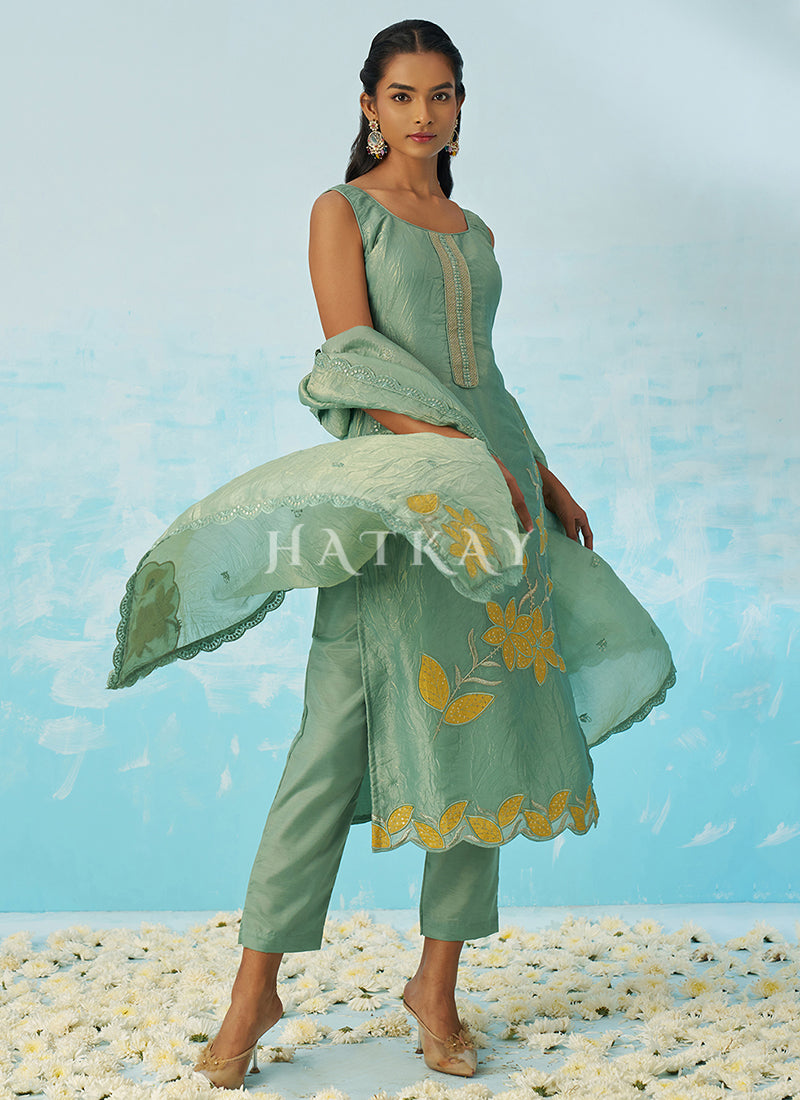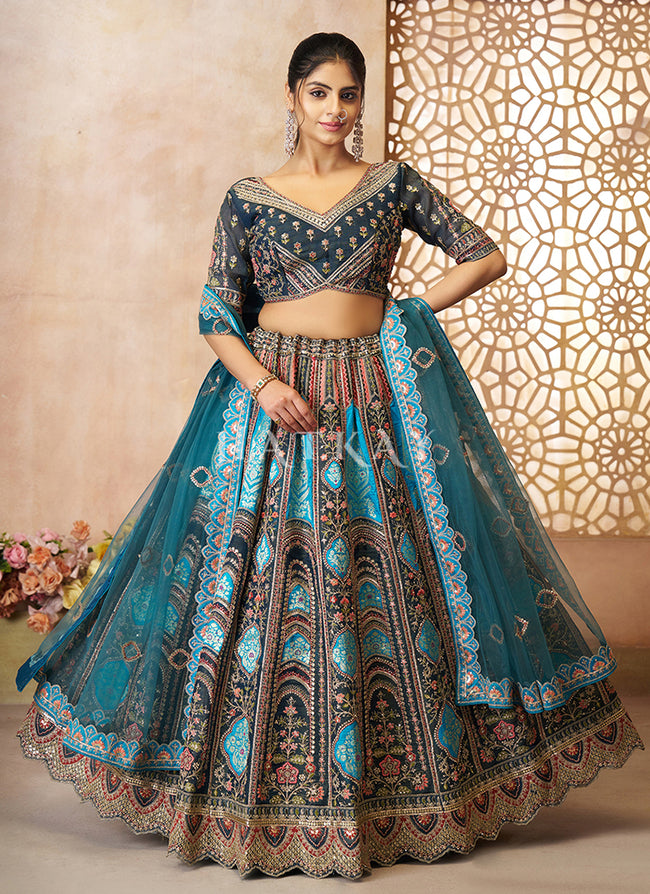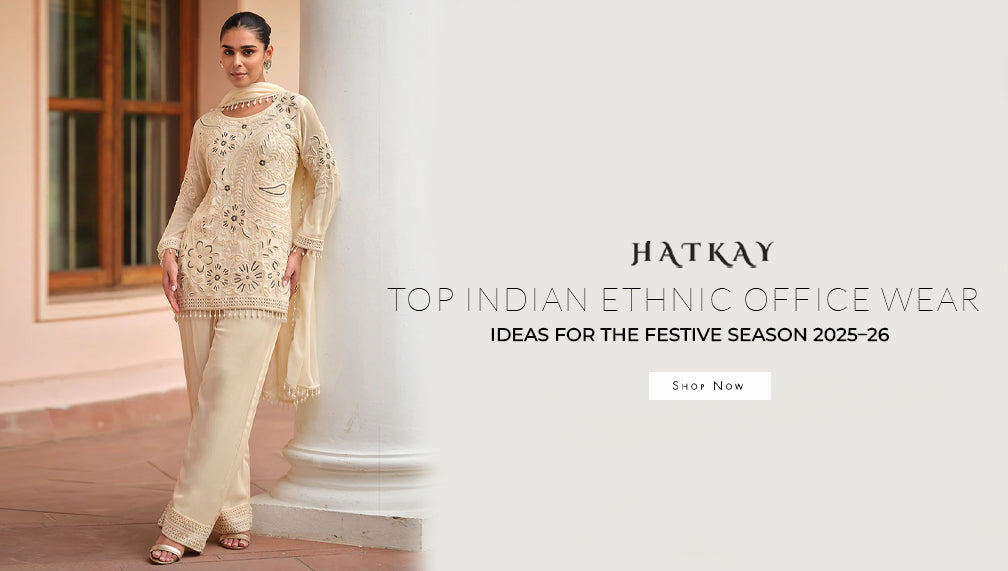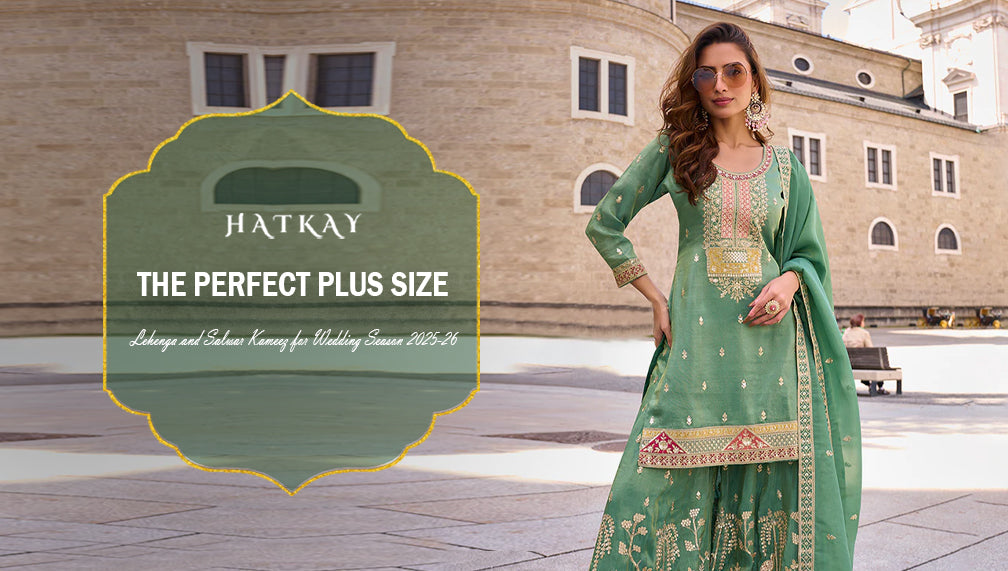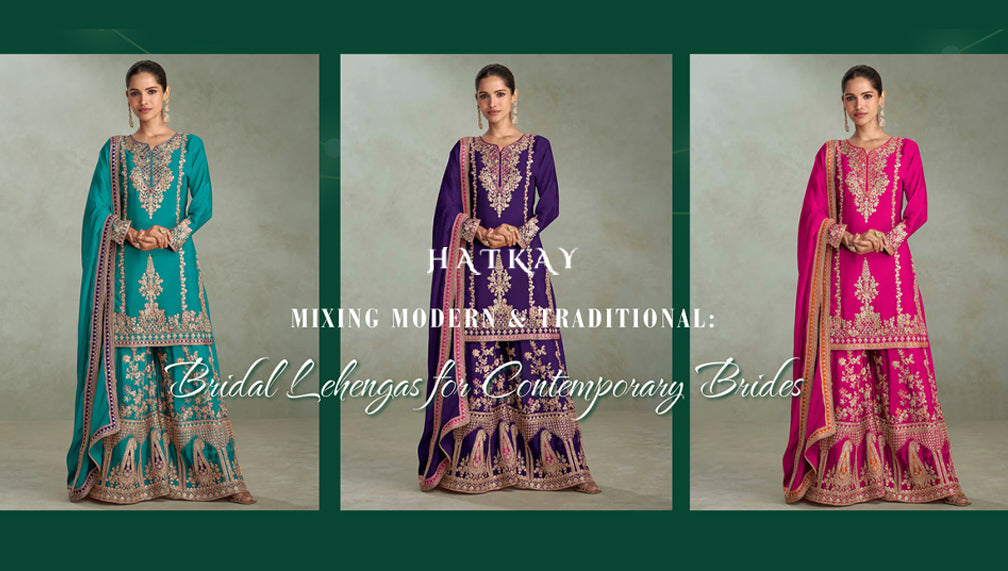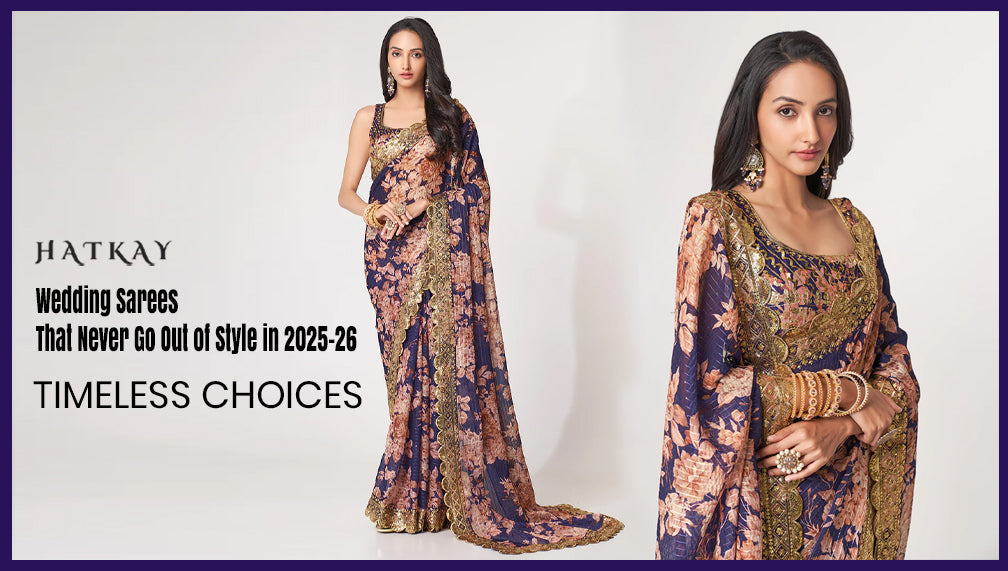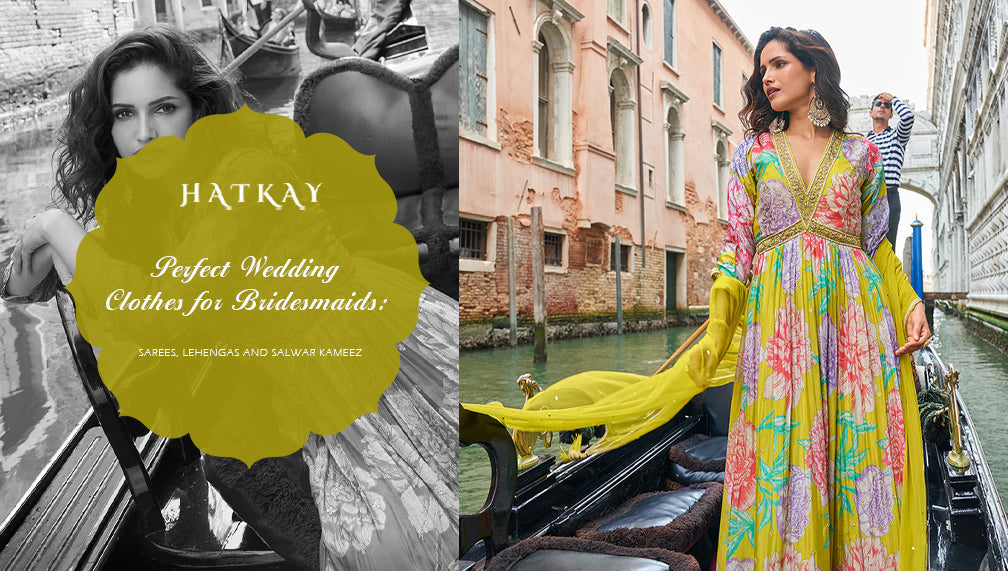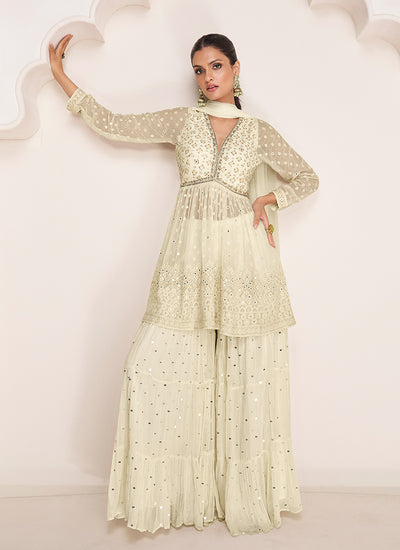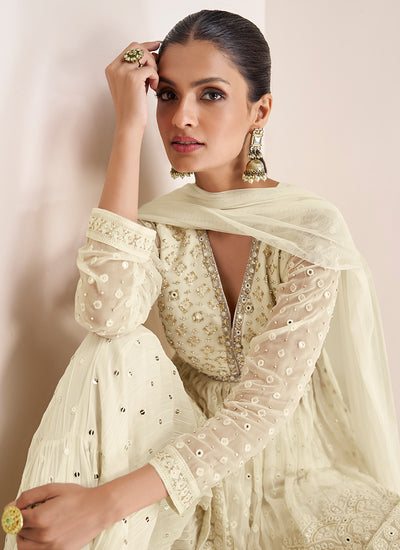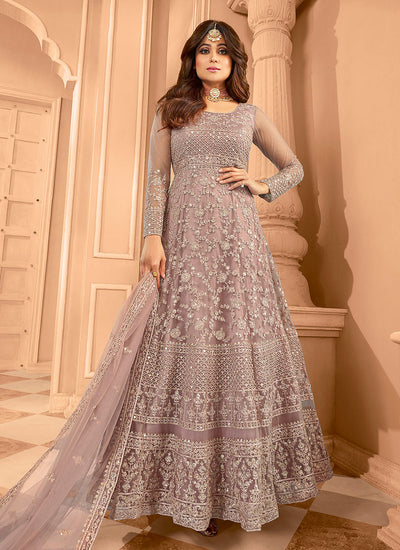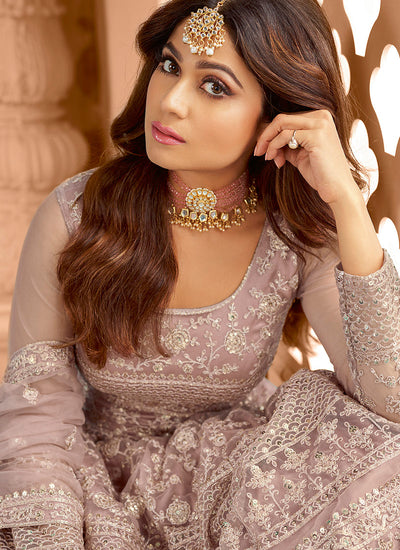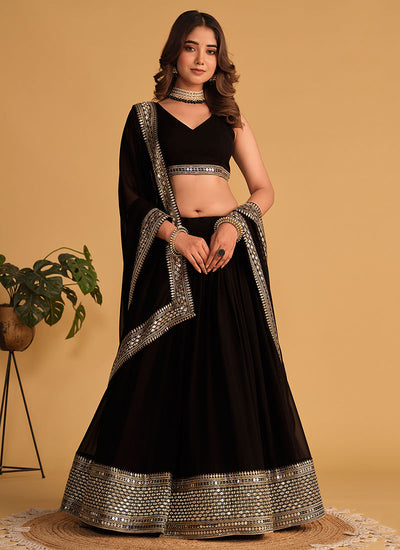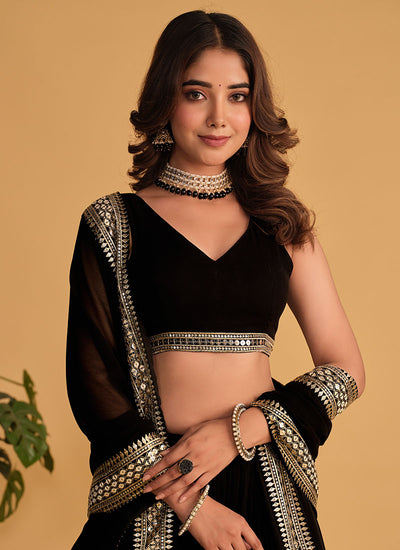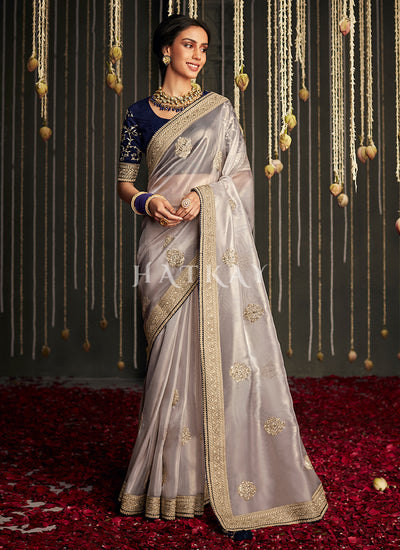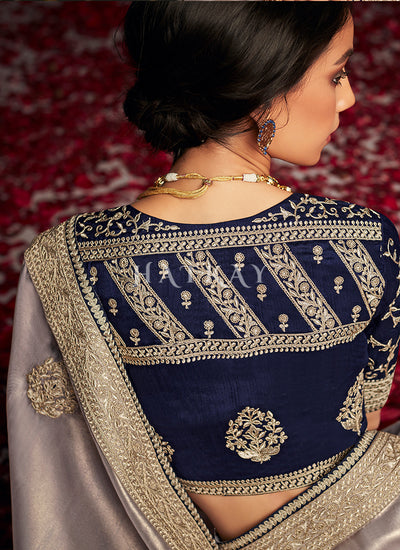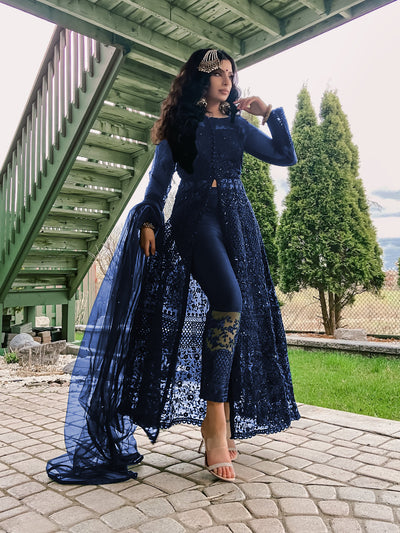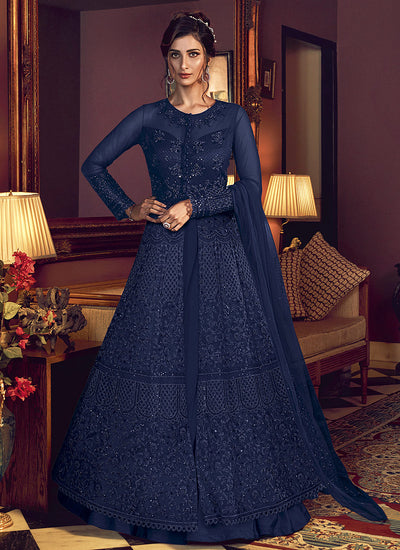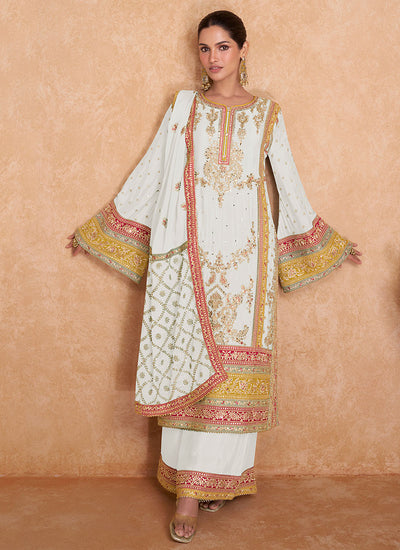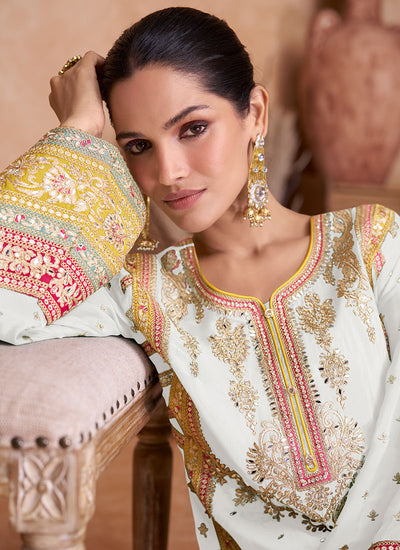
Explore the Enduring Grace of Indian Clothing: A Voyage into Colors, Fabrics, and Fashion.
Indian clothing is a vibrant, living tradition that blends centuries of history with the latest fashion trends. From the intricate weaves of handloom textiles to the dazzling colors and opulent embellishments, Indian fashion reflects a rich cultural heritage that continues to captivate the world. Whether you are drawn to the timeless elegance of sarees or the contemporary chic of lehengas and kurtas, Indian clothing is a true testament to the beauty of craftsmanship and creativity.
In this blog, we’ll embark on a journey through the fascinating world of Indian clothing. We will explore its enduring grace, delve into its vibrant colors, examine the luxurious fabrics, and understand how Indian fashion continues to evolve while retaining its essence.
The Timeless Grace of Indian Clothing
India’s clothing history spans over 5,000 years, with garments that have evolved through centuries while remaining tied to cultural symbolism, customs, and rituals. Indian fashion is not just about clothing; it’s an expression of identity, region, and tradition. The country’s diverse culture has birthed a variety of clothing styles and fabrics, each with a unique significance.
1. The Saree: A Symbol of Elegance and Tradition
The saree is perhaps the most iconic representation of Indian clothing. Worn by women across the country and beyond, the saree is more than just a garment — it’s a statement of grace, culture, and sophistication. The saree’s enduring appeal lies in its versatility. A simple cotton saree can be worn at home, while an elaborate silk saree can be donned at weddings, festivals, and other formal occasions.
Key Features of a Saree:
-
The Drape: The saree’s draping style varies across regions. In the south, it’s wrapped around the waist and tucked in; in the north, it’s pleated and thrown over the shoulder. Each region adds its unique twist to the draping.
-
Fabrics & Embellishments: Sarees come in a variety of fabrics such as silk, cotton, georgette, chiffon, and organza, each lending itself to different occasions. Embellishments include intricate embroidery, zari work, and sequins, elevating the saree into an art form.
2. The Lehenga: Modern Elegance with a Cultural Twist
The lehenga, often worn as part of a bridal ensemble, is another staple of Indian clothing. Comprising a long skirt (lehenga), a blouse (choli), and a dupatta (scarf), the lehenga is traditionally worn at weddings, receptions, and festivals. While it has deep roots in Indian history, modern interpretations of the lehenga have made it a popular choice among global fashionistas, thanks to its contemporary cuts and luxurious fabrics.
Why the Lehenga Continues to Shine:
-
Timelessness Meets Modernity: The lehenga continues to evolve with fusion styles, incorporating elements like crop tops, jackets, and contemporary embroidery.
-
Rich Fabrics: The lehenga is often made from opulent fabrics like velvet, satin, silk, and brocade, designed to create an effect of grandeur and sophistication.
3. The Kurta: Casual Yet Stylish
The kurta is an essential part of everyday Indian clothing. Traditionally worn by both men and women, it has undergone several transformations over the years, becoming an internationally loved garment. With its simple yet elegant design, the kurta can be worn casually or dressed up for more formal occasions.
Why the Kurta is a Fashion Staple:
-
Comfort and Versatility: The kurta’s loose fit and flowy design make it incredibly comfortable, perfect for warm climates or long days.
-
Variety of Styles: The kurta comes in many different lengths and styles, from knee-length tunics to floor-length versions. Paired with churidar pants, leggings, or skirts, it provides endless styling possibilities.
Exploring the Rich Colors of Indian Fashion
One of the most striking aspects of Indian clothing is the rich and vibrant color palette. Colors play a significant role in Indian culture, often symbolizing emotions, seasons, and occasions. Indian clothing embraces a spectrum of hues, from deep, jewel-toned shades to soft pastels and earth tones.
Symbolism of Color in Indian Fashion:
-
Red: Traditionally associated with love, passion, and marriage, red is a popular color for wedding sarees and lehengas.
-
Yellow: Often symbolizing prosperity, yellow is a favorite during religious ceremonies and festive occasions like weddings.
-
Green: Symbolizing fertility and harmony, green is another popular color, especially for festive wear.
-
Gold & Silver: These metallic colors are often used in embroidery and embellishments, symbolizing wealth and luxury.
Color in Contemporary Fashion:
While traditional colors are still in demand, today’s Indian fashion scene embraces a broader range of shades. Pastels, neon, and even monochromatic palettes are making their way into contemporary designs. Fashion-forward designers like Sabyasachi, Anita Dongre, and Manish Malhotra have incorporated a fusion of traditional and modern colors into their collections, creating versatile wardrobes for the modern woman.
Fabrics: The Heart of Indian Clothing
The magic of Indian clothing lies in its fabrics, which are known for their texture, feel, and craftsmanship. From luxurious silks to delicate chiffons, the fabric you choose defines the look and feel of the garment. Let’s dive into some of the most celebrated fabrics used in Indian fashion.
1. Silk: The Fabric of Royals
Silk is often referred to as the "queen of fabrics" and has been an integral part of Indian clothing for centuries. Traditional silk sarees, such as those from Kanchipuram (Kanjivaram) and Banaras, are considered some of the most luxurious garments in the world.
Why Silk Stands Out:
-
Lustrous & Elegant: Silk reflects light in a way that gives it a unique sheen, making it perfect for weddings and special occasions.
-
Durability & Comfort: Despite its delicate appearance, silk is durable and breathable, offering comfort in both warm and cold climates.
2. Cotton: The Fabric of Everyday Life
While silk dominates the wedding and festive wear scene, cotton is the go-to fabric for everyday wear in India. Cotton sarees, kurtas, and lehengas are comfortable, breathable, and ideal for the warm Indian climate.
Cotton’s Appeal:
-
Lightweight & Comfortable: Cotton is incredibly light and breathable, making it ideal for daily wear.
-
Versatility: Cotton is highly versatile and can be dressed up or down depending on the occasion. It can be embellished with block prints, tie-dye, or embroidery for added flair.
3. Georgette & Chiffon: Fluid and Flowy
Georgette and chiffon are lightweight fabrics known for their fluidity. These fabrics are often used in contemporary sarees and lehengas, adding movement and grace to the garments.
Why Georgette & Chiffon Work:
-
Graceful Drapes: Both fabrics are known for their soft, flowing drapes, which give the saree or lehenga a delicate and feminine look.
-
Perfect for Parties: Their lightness and fluidity make them perfect for cocktail parties, receptions, and festive events.
The Evolution of Indian Fashion
While Indian clothing remains deeply rooted in its traditional roots, it has continuously evolved to embrace modern sensibilities. Today, the fusion of Western and Indian designs is more prominent than ever, giving rise to the popularity of Indo-Western outfits, such as saree gowns, crop top lehengas, and contemporary kurtas.
Global Influence of Indian Fashion:
Designers from India and beyond are now experimenting with Indian textiles, weaving them into global fashion trends. Celebrities like Priyanka Chopra, Deepika Padukone, and Sonam Kapoor have made Indian clothing a red-carpet staple, bringing the elegance of sarees and lehengas into mainstream global fashion.
Final Thoughts: The Enduring Appeal of Indian Clothing
Indian clothing is more than just a fashion statement. It’s a reflection of history, culture, and artistry that transcends generations. From the graceful saree to the opulent lehenga, Indian clothing has stood the test of time and continues to evolve with modern trends.
As you explore the world of Indian clothing, remember that each piece tells a story — one of artistry, tradition, and a celebration of life. Whether you’re drawn to the bold colors, luxurious fabrics, or the timeless grace of Indian garments, you’re sure to find something that speaks to you.
So, next time you consider adding an Indian garment to your wardrobe, remember: You’re not just buying clothing; you’re embracing a centuries-old tradition that continues to inspire and enchant the world.














